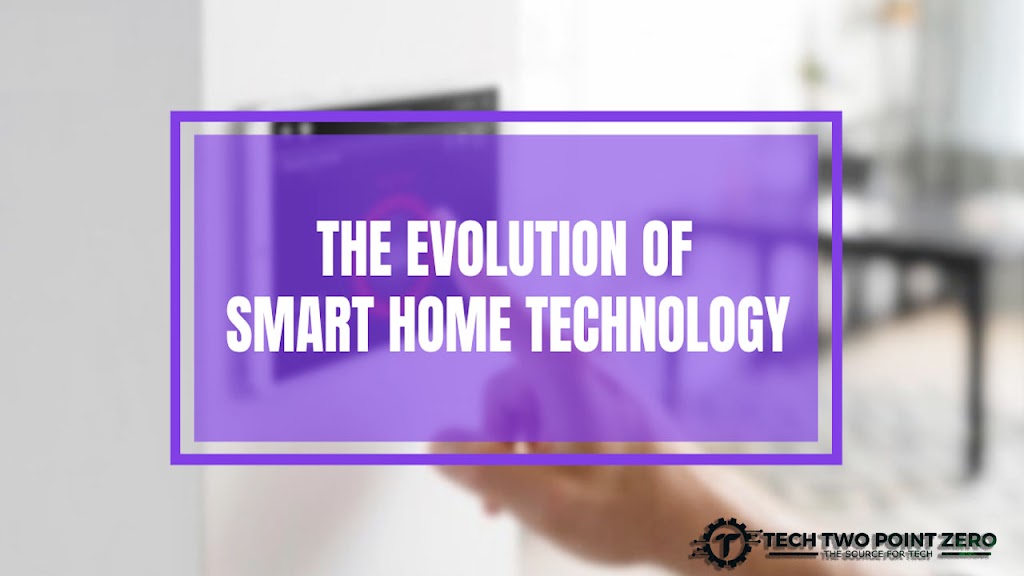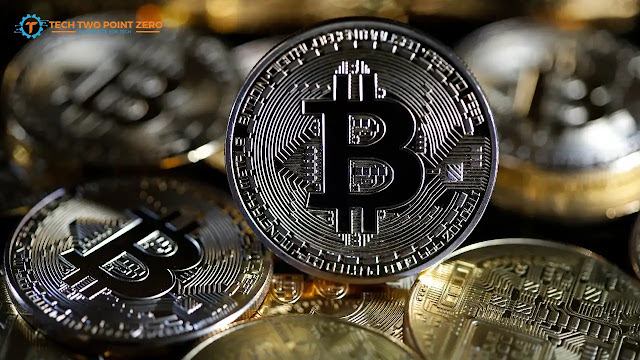The concept of a smart home, once a distant vision of the future, has rapidly transformed into an everyday reality for millions around the globe. With technological advancements surging at an unprecedented pace, the rise of smart home devices has ushered in a new era of convenience, efficiency, and connectivity within our living spaces. From intelligent thermostats to automated security systems and virtual assistants, these devices have revolutionized the way we interact with our homes, promising increased comfort, security, and energy efficiency. In this comprehensive review, we delve into the evolution, features, benefits, and concerns associated with the proliferation of smart home devices, shedding light on their transformative impact on modern living.
The Evolution of Smart Home Technology:
The journey of smart home devices traces back to the early 20th century, with the emergence of rudimentary automated systems that paved the way for the sophisticated technology we witness today. The introduction of basic home automation systems in the 1970s and 1980s marked the initial steps toward creating interconnected devices that could be controlled remotely. However, it wasn’t until the early 2000s that the development of wireless technology and the internet laid the groundwork for the exponential growth of smart home devices.
With the introduction of the first internet-enabled devices, such as the smart thermostat and smart lighting systems, the concept of a seamlessly connected home gained traction. Companies like Nest and Philips pioneered the integration of smart technology into household appliances, offering consumers the ability to control and monitor their devices remotely through mobile applications. The subsequent years saw the proliferation of a diverse range of smart home devices, including smart security cameras, smart locks, and virtual assistants, each designed to enhance the comfort, security, and efficiency of modern living spaces.
Key Features and Functionalities:
Smart home devices offer a myriad of features and functionalities that cater to the diverse needs and preferences of homeowners. One of the primary advantages is the ability to remotely monitor and control various household appliances and systems, providing users with a greater sense of convenience and flexibility. From adjusting the thermostat settings while away from home to remotely managing home security systems through smartphones, these devices empower users to maintain control over their living environments at all times.
Moreover, the integration of artificial intelligence and machine learning capabilities has endowed smart home devices with the ability to learn user preferences and patterns, thereby offering personalized experiences and recommendations. Virtual assistants like Amazon’s Alexa, Google Assistant, and Apple’s Siri have become integral components of smart home ecosystems, enabling seamless voice control and interaction with interconnected devices. The continuous advancements in natural language processing and voice recognition technology have further enhanced the efficiency and responsiveness of these virtual assistants, fostering a more intuitive and user-friendly experience for consumers.
Additionally, the focus on energy efficiency and sustainability has driven the development of smart home devices that promote eco-friendly practices and reduce energy consumption. Smart thermostats equipped with learning algorithms can adapt to homeowners’ behaviors and environmental conditions, optimizing energy usage and reducing utility costs. Similarly, the integration of smart lighting systems with motion sensors and programmable controls allows for the efficient management of lighting schedules, contributing to energy conservation and environmental sustainability.
Benefits and Impact on Modern Living:
The widespread adoption of smart home devices has ushered in a multitude of benefits that have significantly transformed the way individuals interact with their living spaces. One of the key advantages is the enhanced convenience and comfort offered by the seamless integration of various household systems. The ability to control multiple devices through centralized applications or voice commands has simplified daily tasks and routines, streamlining household management and fostering a more efficient lifestyle.
Furthermore, smart home devices have played a pivotal role in enhancing home security and safety, providing homeowners with real-time monitoring and alerts in the event of potential security breaches. The integration of smart security cameras, motion sensors, and smart locks has bolstered residential security measures, offering a greater sense of protection and peace of mind for homeowners, particularly when they are away from home.
Moreover, the emphasis on energy efficiency and sustainability has not only enabled homeowners to reduce their energy consumption and utility costs but has also contributed to the global efforts toward environmental conservation. By promoting the efficient use of resources and the adoption of eco-friendly practices, smart home devices have emerged as key contributors to the pursuit of sustainable living and responsible environmental stewardship.
Challenges and Concerns:
Despite the numerous benefits associated with smart home devices, their widespread adoption has raised several concerns pertaining to data privacy, cybersecurity, and interoperability. The collection of sensitive personal data by interconnected devices has sparked apprehensions regarding the potential misuse or unauthorized access to user information. Instances of data breaches and privacy infringements have underscored the importance of implementing robust data security measures and protocols to safeguard user privacy and mitigate potential risks.
Furthermore, the vulnerability of interconnected devices to cyber threats and hacking attacks has highlighted the need for stringent cybersecurity protocols and regular software updates to ensure the integrity and security of smart home systems. The interconnected nature of these devices poses a significant challenge in maintaining a secure and protected network, necessitating the implementation of comprehensive security measures and encryption standards to prevent unauthorized access and data breaches.
Additionally, the lack of standardization and interoperability among different smart home devices and platforms has resulted in compatibility issues and limited integration capabilities. The absence of universal protocols and communication standards has hindered the seamless connectivity and interoperability of various devices, thereby impeding the potential for a fully integrated and interconnected smart home ecosystem.
Future Implications and the Path Ahead:
As the trajectory of smart home technology continues to evolve, the future holds promising implications for the proliferation of advanced and interconnected devices that redefine the concept of modern living. The integration of advanced AI algorithms, the Internet of Things (IoT), and 5G connectivity is expected to drive the development of more sophisticated and intuitive smart home devices that offer enhanced automation, customization, and connectivity. The seamless integration of smart home systems with wearable technology and mobile applications will further elevate the user experience and redefine the dynamics of home management and control.
Moreover, the concerted efforts toward addressing data privacy and cybersecurity concerns are anticipated to lead to the implementation of robust encryption standards and stringent data protection measures, ensuring the confidentiality and security of user information. The collaboration between industry stakeholders and regulatory bodies is essential in establishing comprehensive guidelines and standards that promote responsible data practices and cybersecurity protocols within the realm of smart home technology.
Furthermore, the pursuit of standardization and interoperability among smart home devices and platforms is crucial in fostering a cohesive and integrated ecosystem that facilitates seamless communication and connectivity between diverse devices. The establishment of universal protocols and communication standards will pave the way for a more interconnected and user-friendly smart home environment, fostering a holistic approach to home automation and management.
Conclusion:
The rise of smart home devices represents a significant milestone in the realm of technological innovation, revolutionizing the way we interact with and manage our living spaces. With their emphasis on convenience, efficiency, and connectivity, these devices have redefined the concept of modern living, offering a multitude of benefits that enhance comfort, security, and sustainability. However, the proliferation of smart home technology also poses inherent challenges and concerns, necessitating comprehensive strategies and protocols to address data privacy, cybersecurity, and interoperability issues.
As the landscape of smart home technology continues to evolve, the industry is poised to witness groundbreaking advancements and transformative innovations that will shape the future of home automation and connectivity. By prioritizing user privacy, data security, and standardization, the trajectory of smart home devices is set to redefine the dynamics of modern living and pave the way for a more interconnected, efficient, and sustainable living environment.
 Tech Two Point Zero All Technology related information and other news suppers
Tech Two Point Zero All Technology related information and other news suppers







